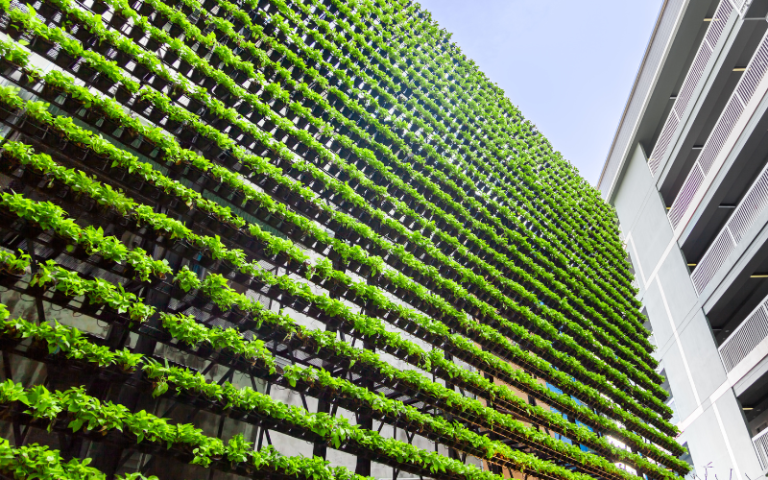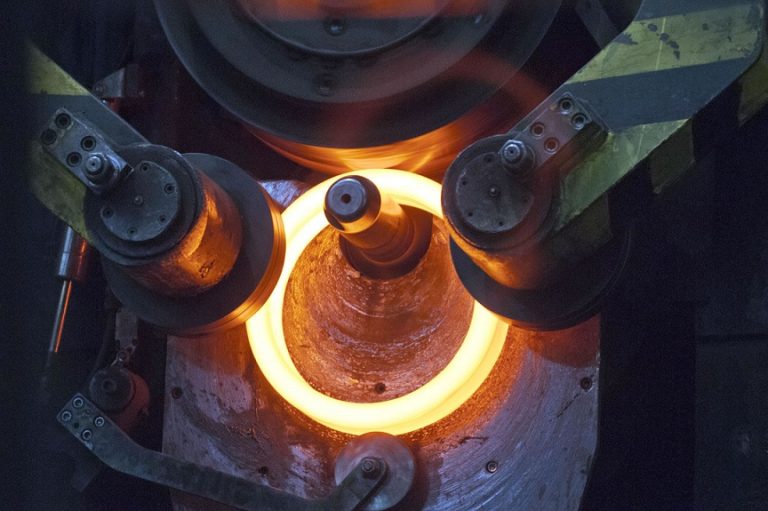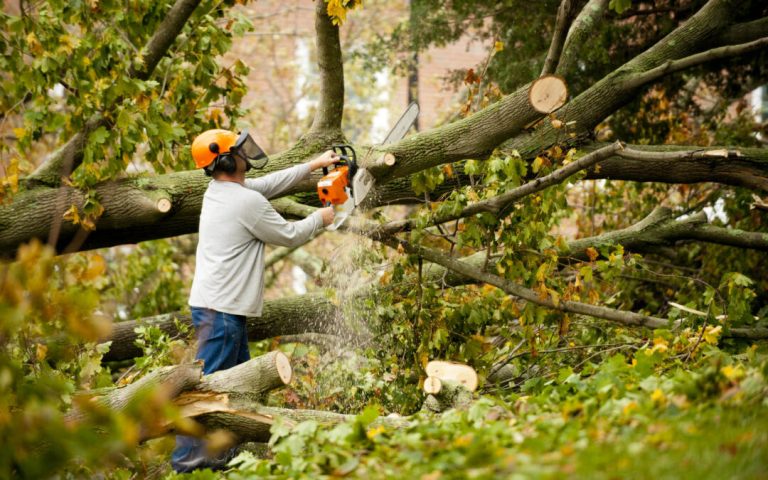Most construction professionals know how important it is to have the latest technology within the job site. That’s probably one of the few reasons behind the sudden shift from traditional methods, into something more technologically advanced.
However, not all approve of this trend. There’s still a few that are quite skeptical into investing their time and money on such technologies. They are worried that the results wouldn’t be that promising or would even take a long time to surface.
What they fail to realize is, improved project outcomes can only take place once they begin to understand the use of each individual application and devices currently available. Basically, they have to know how these technologies work together and make way to improvement.
These processes would definitely help standalone systems that are dominating the tech landscape, and this would be a good representation of what could be used during project execution later on. It’s true that technology can improve the design and construction process, but it can also go beyond that and turn into an integral part of the strategic platform.
Here are the four construction tech changing the game in 2019 and beyond.
A lot of today’s popular software, technologies, and devices can be connected to each other, even traffic barriers! They have also proven themselves to be relevant in terms of large-scale building and infrastructure projects.
Based on research, new technologies are slowly taking over the construction industry and continues to improve its productivity and safety.
BIM
One of the most popular technological innovations is BIM. Over the past few years, there has been a lot of improvement, which increases the amount of data into the specified model. One great example of this would be taking valuable data and information from historical or other databases as a means of improving the delivery of data on the worksite, scheduling, and many more.
These advances in technology have also made it possible to connect BIM models to various devices situated in the field. This allows real-time sharing to ensure overall productivity. Aside from that, it’s also becoming more common for expanding the range of team members to have continuous access to a project BIM model, as well as BIM model that could offer remarkable results to its users.
Drones
A few years back, drones are only used by the military, but times have changed. They are being used in a number of industries, such as the construction industry. What’s really remarkable about these is that they are built with cameras and are being used for collecting information in locations that humans can’t easily access.
Captured images are vital in the job site as they are used for inspections and assessment. They are also proven to be very useful in augmenting a project team’s understanding of progress, as well as as-built conditions. Even with monitoring logistics, drones are also proven to be very handy, and they can also take care of the workforce, as well as deliveries.
For that reason, more and more companies are making use of drone footage and turning them into 3-D pictures that could be compared to architectural plans later on.
We could expect more improvements later on, and this would be focused on the use of advanced lenses and cameras capable of capturing better images, and it’s something that could also improve communication in real time– between software and drones on the receiving end. Which only implies as technology continues to grow, so as the devices will.
Mobile Devices and Apps
Not only in the construction industry but overall, we can say that mobile devices are the most widely adopted technologies there is. They’re straightforward to use, which makes it possible for workers to easily access the documents they need, share, and edit relevant information regarding the project even while they are on the job site.
Aside from that, there are also heavy-duty devices made explicitly for fieldwork, and they come with rugged construction. Screens are considered to be more convenient for viewing in bright light or adverse weather conditions. Then, there are also specific components ranging from RFID, barcode scanners, and many more.
A lot of experts also believe that the future of construction technology would continue to improve. Wherein, wearable tech could even be the next “big thing” in the market, together with other devices and hardware that developers continue to work on.















